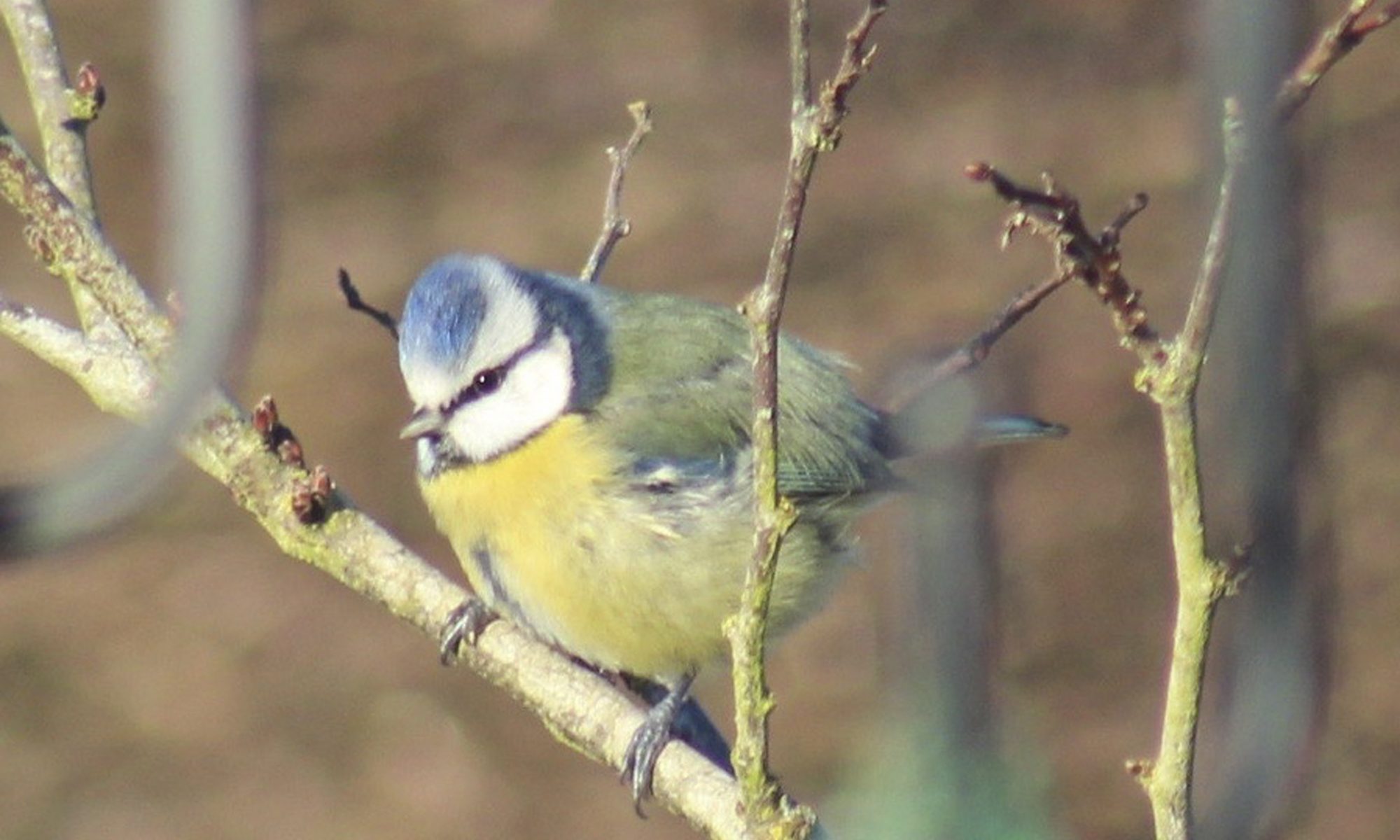Follow Jo Arnell’s expert tips for a thriving outside space all year round
Imagine sleeping in the garden all through the winter months. Where would you sleep? In the shed? Under a hedge? I could possibly eke it out for a night or two, but not much longer, even with food and a sleeping bag. Unless something goes terribly wrong in the next few weeks I’ll be sleeping inside, but there are a surprising number of creatures snuggling down in our gardens right now. Many will manage on their own, going into hibernation, or something close to it – slowing their metabolisms down, not moving much and needing less food. Some will have to keep busy, whatever the weather, scratching a living on whatever they can find – fairly easy when there are fruits, berries, worms and insects around, but once we plunge into the depths of winter the berries will have gone and the ground may be completely frozen. What will the robins, and hedgehogs, voles, squirrels do then, poor things? Well, thankfully there are lots of simple things we can do to help them survive the winter.
Don’t be too tidy
Once upon a time we used to put the garden to bed for the winter. This involved cutting back, sweeping up – and generally removing most of the stuff that wildlife depends on for shelter – and in the case of the detritivores, food. It comes as a huge relief to this messy gardener to know that it’s much better to leave it all in a state of graceful decline until the spring – and with any luck nature might have done some of the clearing up by then too. Insects like ladybirds and lacewings (when they’re not cramming themselves into cracks in the window frames) will find overwintering places among old stems and the top growth of herbaceous perennials.
If you do want to be tidy, satisfy the neatness urge by sweeping the fallen leaves into piles (once rotted down a pile of leaf mould makes a great soil conditioner) and make a log pile. Invertebrates like beetles, woodlice, spiders and even bigger creatures like lizards and toads will squeeze themselves into the gaps between the logs and hunker down.
Stop weeding
Native plants and wildflowers (some people might call them weeds…) stealthily creep into our gardens, and at certain times and in some places I turn a blind eye and let them get on with it. If you have a patch of nettles in a corner of the garden, or a rash of annual weeds running through the borders, then pat yourself on the back – you are doing a great job for wildlife. The fact is that our native fauna have co-evolved with these plants and they provide perfect food and ideal shelter – a thicket of brambles, an ivy hedge, or self-sown holly tree will provide a safe hideaway for lots of creatures and these plants are also highly nutritious – packed with nectar when in flower and then energy-rich berries in the autumn and into the winter.
Grow your own bird food
Try to leave the seed heads on plants that have finished flowering. They will look beautiful in slanting autumn and winter sunlight, especially when dusted with frost and will be providing food for birds and small rodents. I grow a lot of Verbena bonariensis – most of it unintentionally (it’s a prolific self-seeder if it likes you) and in late autumn flocks of blue tits and goldfinches flit among the wiry stems, eating, and (no doubt spreading) the seeds.
I have started to look for plants that have beautiful and nutritious seed heads, as I now rely on the birds for much of my garden pest control. The blue tits hang around all year and are brilliant at eating aphids too. In fact most birds, even if they are seed-eaters will be feeding insects to their young in spring. Sunflowers are a great bird food plant, as are things like Echinops, Coreopsis, Cosmos, and Echinacea. Putting out bird food is a life-saving thing to do, but if you can grow some of it yourself, so much the better.
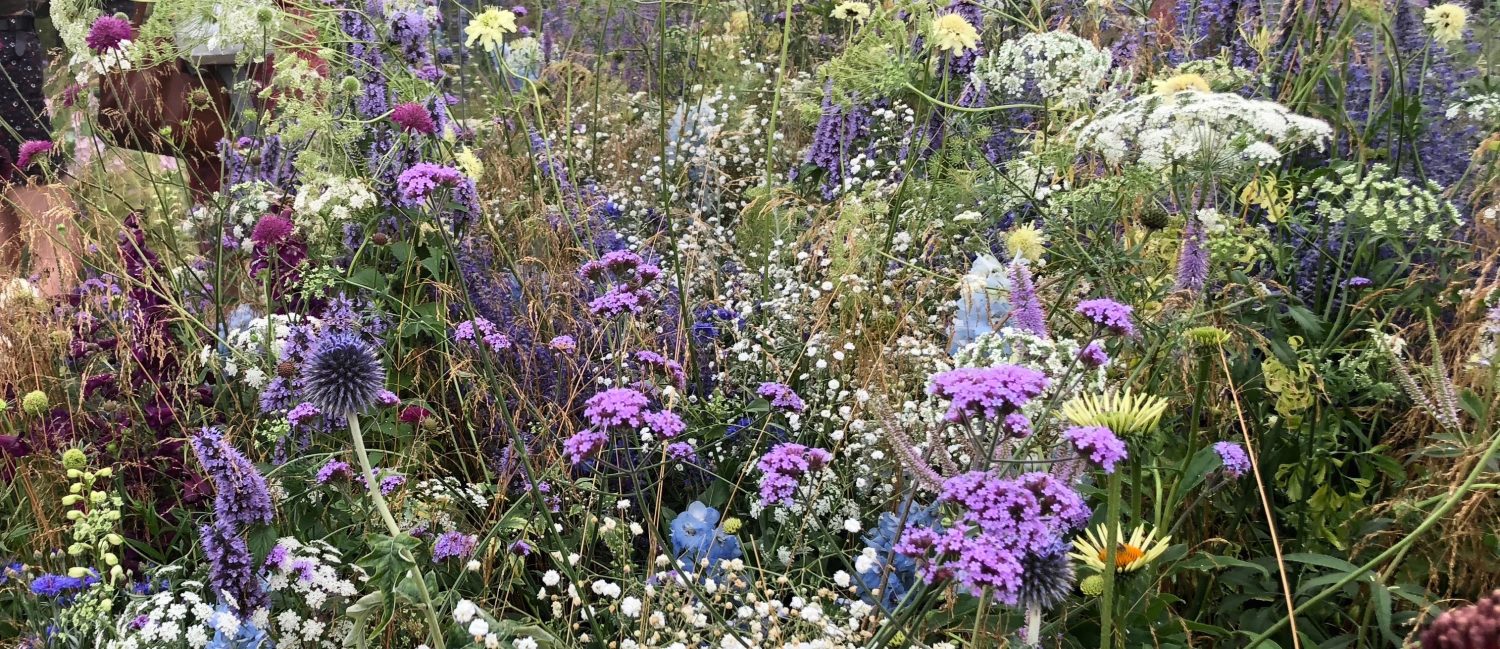
Small children will enjoy making fat balls and filling coconut shells by mixing melted suet and bird seed together, pressing it into shape and then hanging up somewhere where they can watch the birds feed
Provide fresh water
If you are lucky enough to have a pond in your garden, then you will have achieved the single best thing you can do for wildlife. From the creatures that inhabit it to those that visit in order to drink and bathe, ponds are a great resource all round. Ponds do need some maintenance – keep them topped up and clear of algae and duck weed in the spring and summer and then in autumn and winter prevent them from becoming clogged with leaves and from freezing over. If you are building – or improving – a pond, make sure that there’s a shallow ‘beach’ at one edge that will allow access and marginal plants to help creatures to climb up and out of the water.
Fresh water is vital throughout the winter months, but if you don’t have a pond, providing a bird bath, or shallow bowl is very useful (it needs to be shallow and with sloping sides to prevent animals and birds accidentally falling in and drowning). Change the water regularly to prevent disease and keep it ice-free.
Get the whole family involved
Children can join in with a range of projects, depending on their ages. Small children will enjoy making fat balls and filling coconut shells by mixing melted suet and bird seed together, pressing it into shape and then hanging up somewhere where they can watch the birds feed. Older children and teenagers can develop carpentry skills by making insect hotels. These don’t have to be complicated – the best ones are simple wooden boxes with dividers, filled with sections of cut bamboo, pine cones, sticks and straw. They can be attached on walls and fences in sheltered places in the garden. Surprisingly, bug hotels make great presents for people too.
They could also help to make a hedgehog house. Making a cosy home for these once common, but now endangered, creatures will help to keep them safe while they hibernate. Kits are available (see rspb.org.uk) or make one from scratch using scrap pieces of wood – old pallets are good for this. The access tunnel needs to be fairly narrow to stop predators getting in and it should be waterproof. Many will have already found a hibernation site by now – and they are partial to bonfire sites, so if you are building a bonfire, do check it thoroughly before you light it.
One of the best things about encouraging children to appreciate wildlife is that they are lured outside into the fresh air at a time of year when they might not otherwise be wanting to go out. It also encourages them to concentrate and to keep still – both vital if you want to actually see any wildlife. When my son was little he insisted on dressing up as (and impersonating) an owl to do the Great Garden Birdwatch – to make the birds feel at ease.
From simple things like not tidying up too much in the garden and hanging a bird feeder, to building a hedgehog house or installing a pond, there are lots of small projects that will keep the family outside – and what better way than watching and caring for wildlife.
Contact Jo for information on her gardening courses on 01233 861149 hornbrookmanor.co.uk.
From top to bottom: Insect Hotel £19.95 Rex London rexlondon.com; Bee Brick £30 Green & Blue greenandblue.co.uk; Wild Bee House £25 Garden Trading gardentrading.co.uk
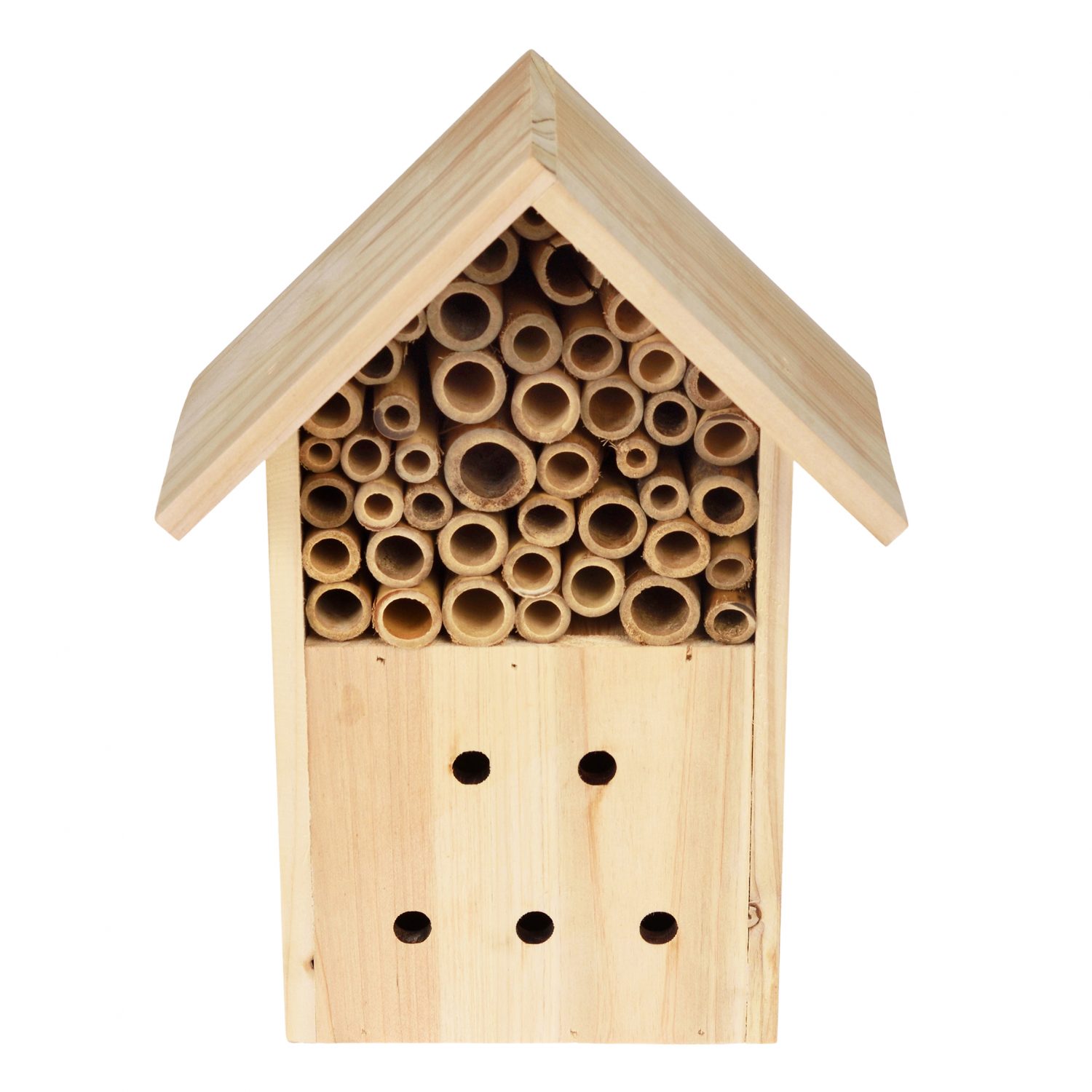
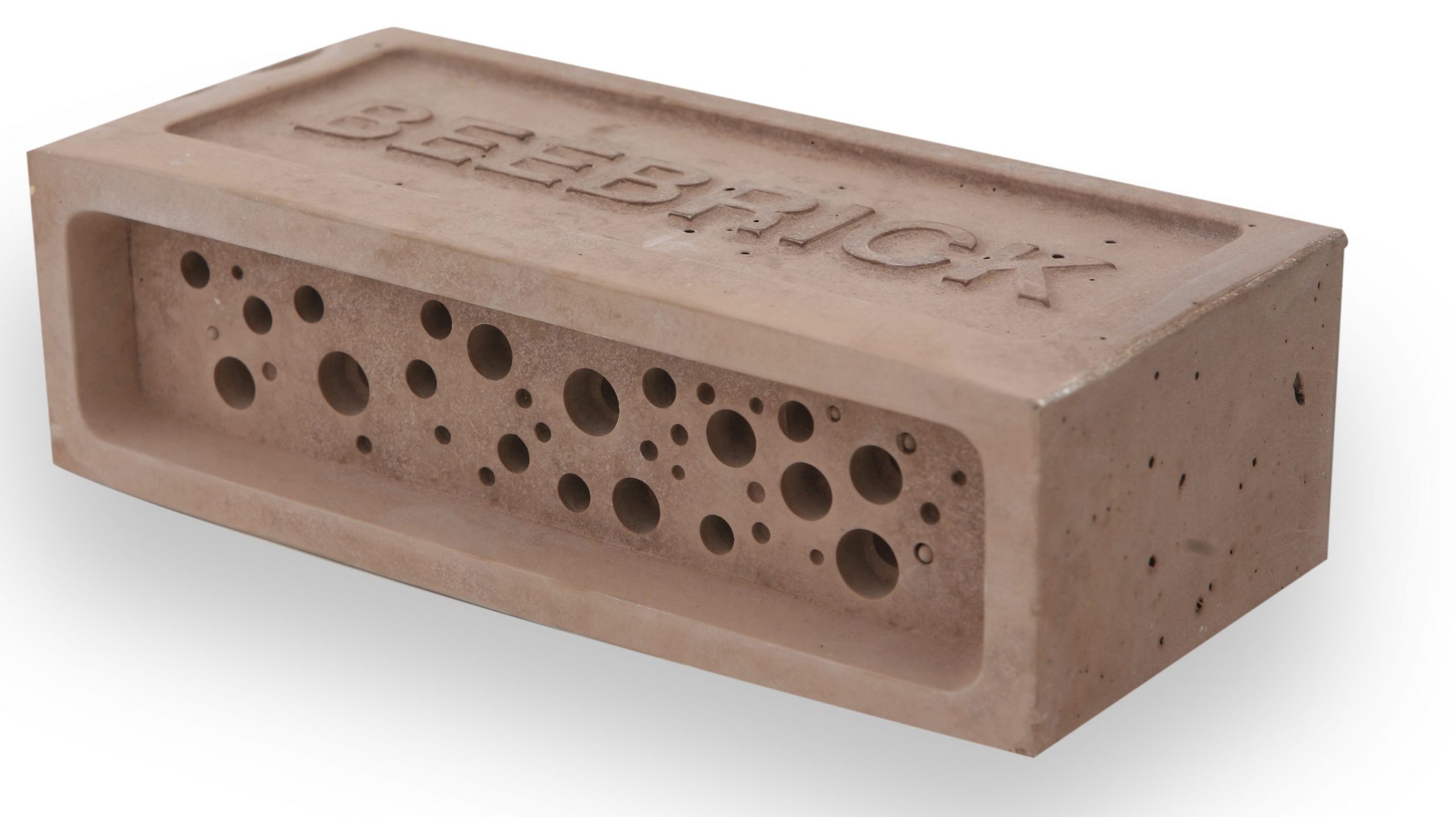
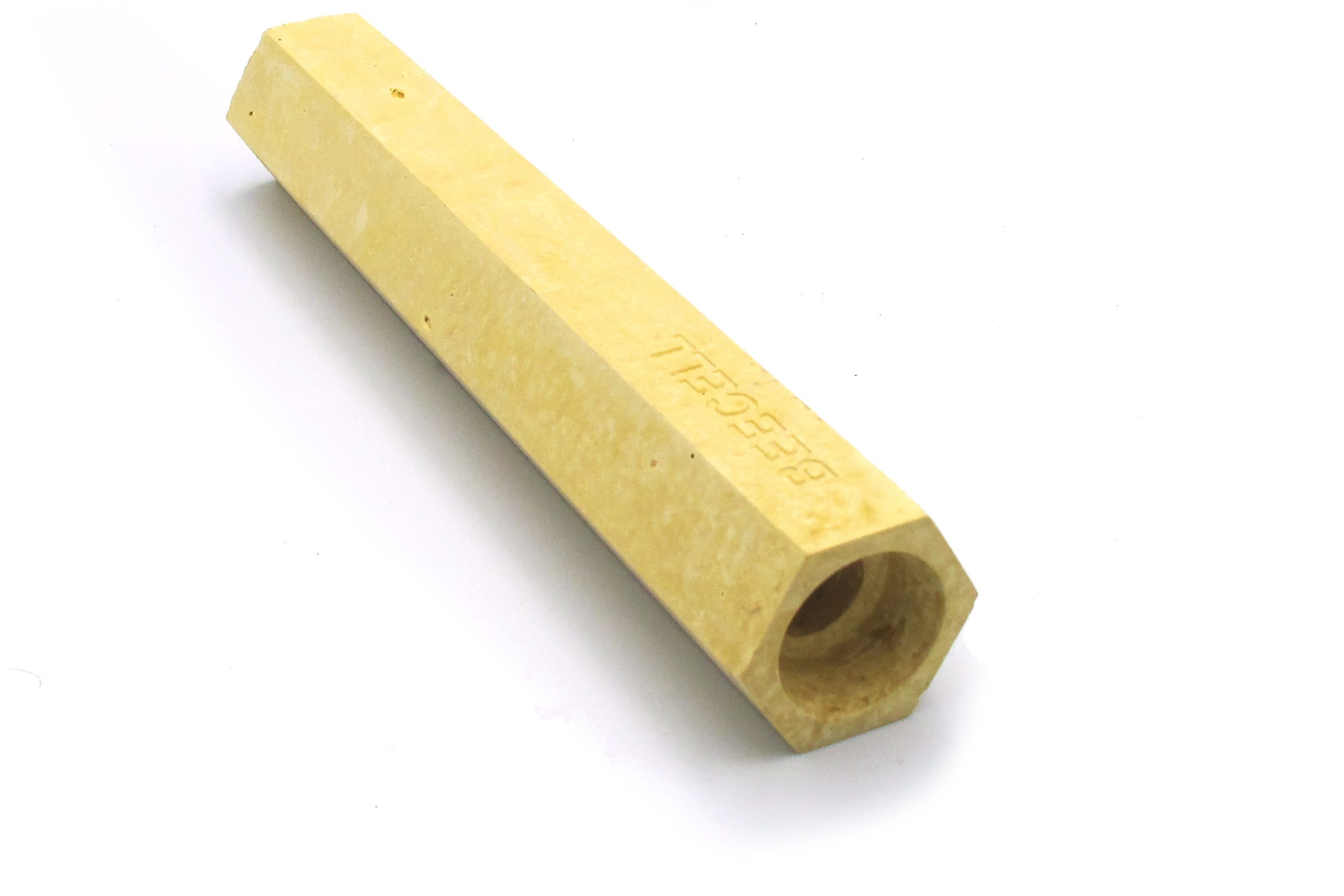
You may also like
Go with the Flow
Sue Whigham shares some valuable new-to-gardening advice I’m sure that by now we should be used to the rain but I’m not entirely sure that we are. We had a dry, sunny day the other day and how everybody’s mood...
Farm Fables
Jane Howard gets to the bottom of why so many ponds have disappeared across the High Weald I have a new passion, almost an obsession, it’s about ponds. And there’s a distinct possibility I might become a bit of a...
Hedge Issues
Sue Whigham takes a meander along nature’s verdant and vital corridors Recently the BBC’s Today programme carried a feature about England’s hedgerows which created a lot of interest among listeners. On the strength of that, Martha Kearney interviewed one of...
